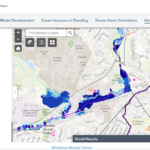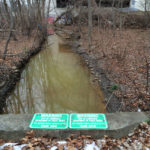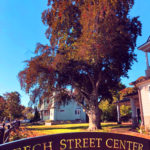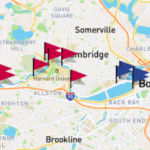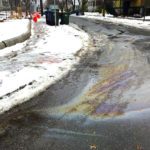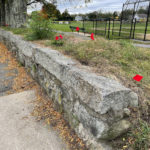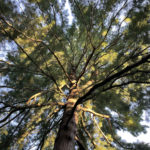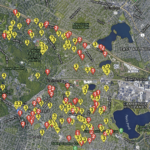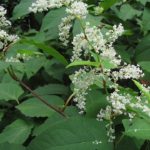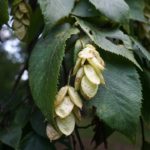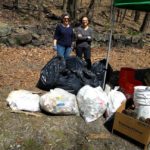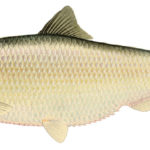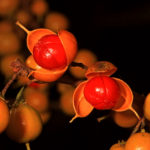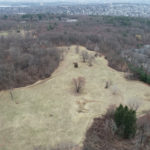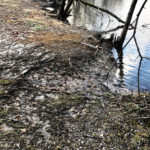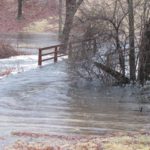
By Jeffrey North Belmont has received a $195,000 Municipal Vulnerability Preparedness (MVP) grant from the Massachusetts Climate MVP Program to identify Belmont’s current and future stormwater flooding risks from climate change. The project, known as the Stormwater Flood Reduction and Climate Resilience Capital Improvement Plan, will include the development of a 2-D stormwater model to assist in locating flood risk areas and evaluating how to make those areas more resilient. The primary goals of this project are to understand the town’s vulnerability to flooding and climate change on a street-by-street basis using an enhanced town-wide 2-D drainage hydraulic model, and [READ MORE]


